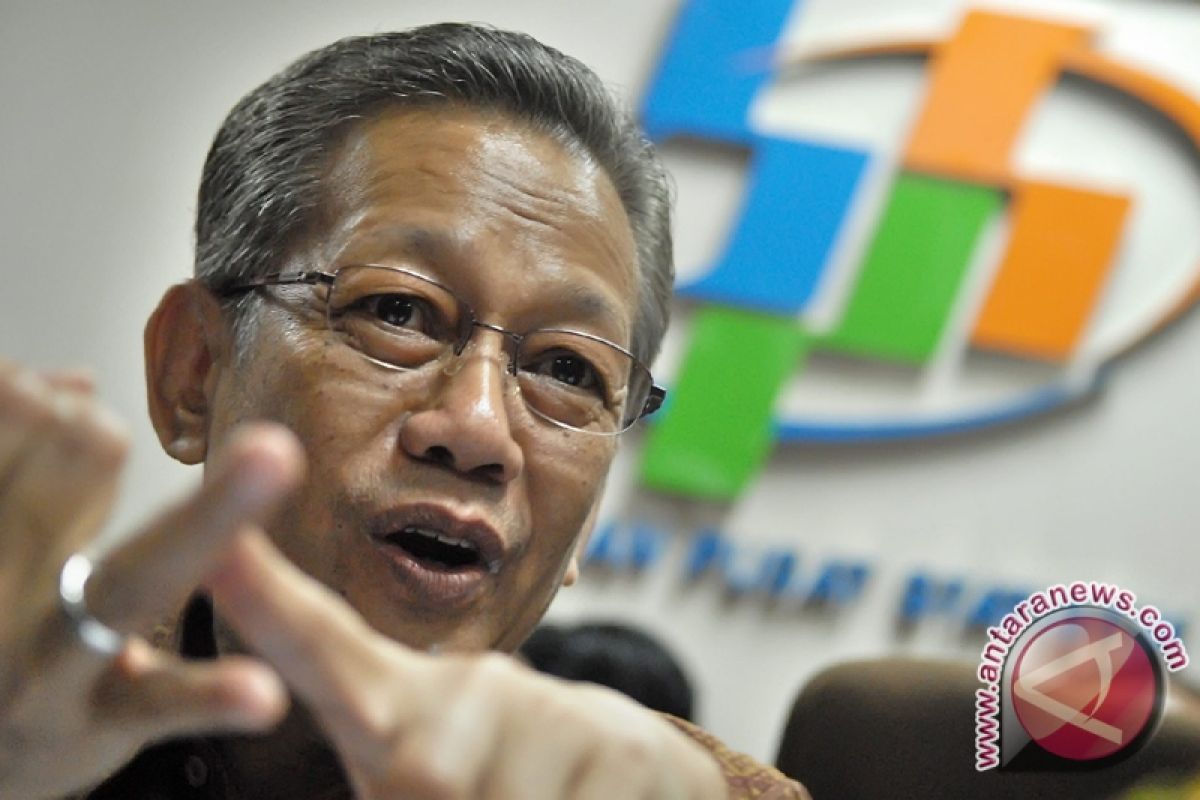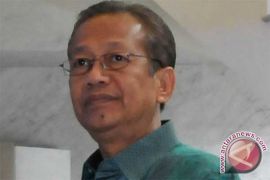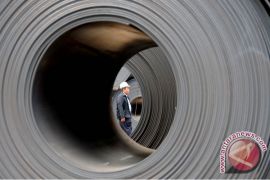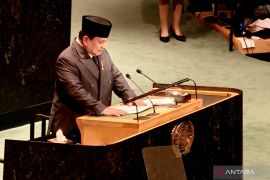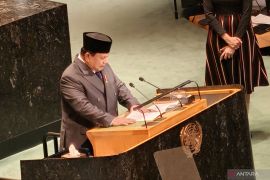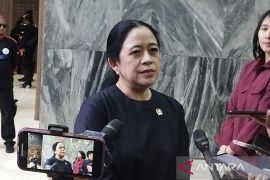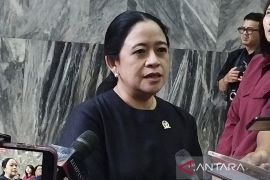"The growth figure is the same as that of the first quarter which was also 6.5 percent," BPS chief Rusman Heriawan said here on Friday.
He said considering the decimal fractions the exact growth figure in the second quarter is 6.49 percent which is higher than the first quarter`s figure of 6.47 percent.
"The second quarter is a little better than the first semester. Cumulatively the economic growth in the first semester this year compared to the same period of 2010 is at an average of 6.48 percent or 6.5 percent when rounded off," he said.
The Gross Domestic Product reached Rp1,811.1 trillion for the second quarter period and so in the first semester this year it reached Rp3,549 trillion.
Rusman said the three sectors that record the highest growth are hotel and restaurant at 4.8 percent, consumption 4.2 percent and electricity, gas and clean water 4.0 percent.
"The year-on-year growth figure for the transportation and communication sector is 10.7 percent, hotel and restaurant 9.6 percent and consumption 7.4 percent," he said.
He said processing industries remained the biggest contributor to the GDP for the second quarter, contributing 24.3 percent, agriculture 15.4 percent and hotel and restaurant 13.9 percent.
"Transportation and communication contributes 10.7 percent to the year-on-year rate of GDP growth, real estate and corporate services 6.9 percent and processing industries 6.1 percent," he said.
The GDP growth in the second quarter of 2011 was up 2.9 percent compared to that of the first quarter, driven by household spending which was up 1.3 percent, government spending 26 percent, gross fixed capital accumulation 3.9 percent, exports 7.4 percent and imports 6.0 percent.
Year-on-year the growth in the second quarter of 2010 was driven by household spending which was up 4.6 percent, government spending 4.5 percent, gross fixed capital accumulation 9.2 percent, exports 17.4 percent and imports 16 percents.
"The government spending rose to create a positive economic growth of 4.5 percent," he said.
Rusman said BPS` investment figures are different from those issued by the Investment Coordinating Board (BKPM) because BKPM took into account foreign capital investment plus domestic investment while BPS only recorded the whole investment by the government and the community to produce real growth of capital formation.
"The gross fixed capital formation was at 9.2 percent. This figure must be differentiated with that from BKPM which is 22 percent. The BKPM figure only covers foreign and domestic capital investment and only measures dollar or rupiah hikes and not the real capital accumulation," he said.
On the whole the GDP of the first semester this year was dominated by household spending with its contribution reaching 54.3 percent, followed by gross fixed capital accumulation of 31.6 percent, government spending 8.3 percent, net exports 1.9 percent out of export growth of 27.3 percent and imports 25.4 percent.
In terms of growth areas provinces in Java still dominate contributing 57.7 percent to the GDP, followed by Sumatra 23.5 percent, Kalimantan 9.5 percent, Sulawesi 4.7 percent and other islands 4.6 percent.
(Uu.H-YH/O001)
Editor: Priyambodo RH
Copyright © ANTARA 2011
